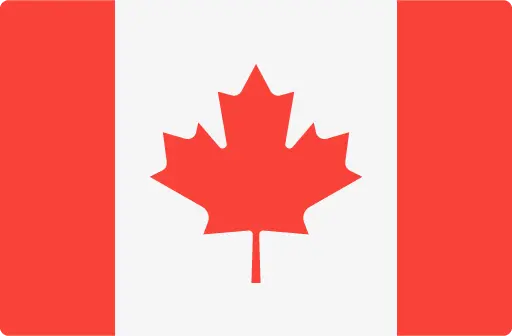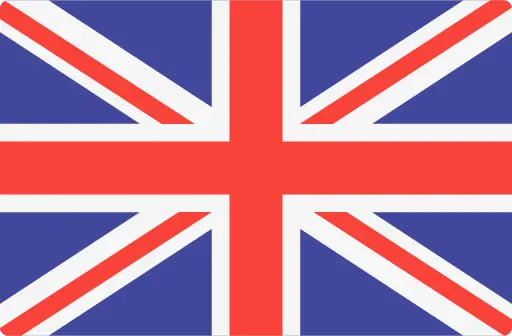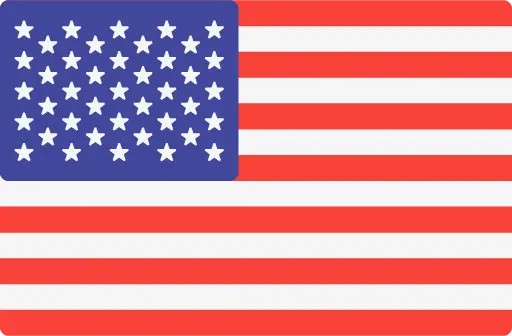How Your Body Language in an Interview Can Speak Volumes
In a job interview, it's important to be prepared for all kinds of questions. What do you say if they ask about your greatest weakness? How do you respond when they ask about your biggest accomplishment? What if they throw in some curveballs like, "What was the last book you read?" Body language is a form of communication that sends non-verbal cues to others. Working on your body language skills will help you communicate effectively in an interview setting, and improve the way you make a first and lasting impression with a talent manager.

Here are some top tips to ensure your body language and visual cues are on point in your next interview.
• Walk into the interview with confidence.
You want to make a good first impression on your interviewer, so walk into the interview with a purpose and smile! Don't be afraid to make eye contact and shake hands as soon as you get there. With shoulders back, standing tall, and walking confidently – not only will you look more confident, but it will also help you feel more confident.
• Smile, nod, and make eye contact throughout the interview.
Smiling, nodding, and making eye contact show the interviewer that you're interested in what's being said. But remember, don't overdo it! Be aware of your audience and respond to their visual cues. Subtly mirroring the body language of the interviewer will also help you establish rapport and create a connection.
Interviewers want to see your personality, so smiling or expressing emotions can help talent managers get a sense of you on a personal level.
Eye contact is also important as it helps you be seen as attentive and trustworthy, which encourages greater connection.
Demonstrate active listening through nodding and other non-verbal cues, showing your genuine interest in the conversation.
• Sit comfortably.
It’s important to sit up straight (no slouching or leaning back) and if anything, lean slightly forward in your seat with hands loosely clasped on the table. You want to show your interest and engagement with the interviewer, but you don’t want to appear too laid-back or overly keen.
Another great tip is to have both feet firmly on the ground to help maintain your posture and to ground yourself.
Asking questions and leaning forward shows that you are engaged with what the interviewer is saying and demonstrates your interest in the job or working for their company.
• Keep your hands visible and controlled.
It's important for you to communicate clearly with your interviewer, and hand gestures can help support or emphasise a point you are making. Gestures should always be controlled and motions minor so they’re not distracting, but some movement is good.
Another point is to resist the urge to tap or fiddle, as this can make you come across as impatient or nervous.
In an interview, non-verbal communication or body language plays a crucial role in conveying confidence, engagement, and professionalism. Maintaining eye contact, adopting a confident posture, and using purposeful gestures can positively influence the interviewer's perception of you. Mastering the art of body language is key to leaving a lasting and positive impression in a job interview.
For further tips on job hunting, you can visit the Drake Job Resource Centre, which has free downloadable CV, cover letter and resignation letter templates for you to utilise. There are also a number of job-hunting articles to support you in successfully finding work.
 CA-EN
CA-EN UK
UK AU
AU US
US NZ
NZ PH
PH ZA
ZA SG
SG HK
HK
 CA-EN
CA-EN
 UK
UK
 AU
AU
 US
US
 NZ
NZ
 PH
PH
 ZA
ZA
 SG
SG
 HK
HK



